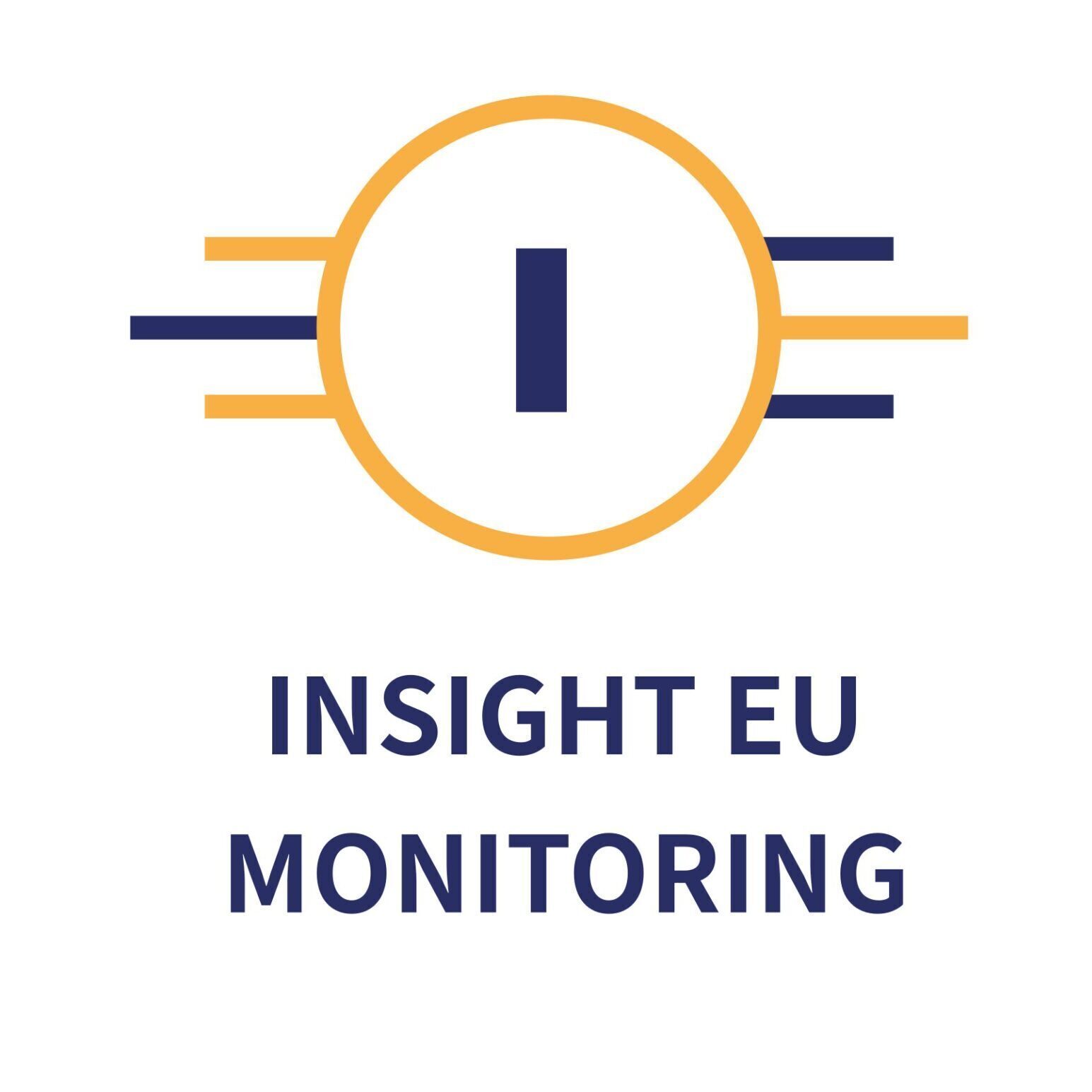Brussels, 11 March 2025
The EU Council reached a political agreement today on a new EU directive (DAC9) that will improve administrative cooperation in the field of taxation.
The objective of this legislation is to enhance cooperation and information exchange on minimum effective corporate taxation to better fulfill the filling obligations that multinational enterprise groups and large-scale domestic groups have under the Pillar 2 of the G20/OECD global agreement. This international deal was reached to avoid base erosion and profit shifting, ensuring that large corporations pay a minimum effective taxation. The Pillar 2 rules became part of EU law in 2022.
We’re making the next step in implementing the rules on minimum effective taxation of the largest multinationals. The companies concerned will have a single format for filing relevant information, and member states’ tax authorities will closely cooperate on exchanging relevant information. This will significantly simplify the filing process and reduce the administrative burden both for tax authorities and companies concerned.
Andrzej Domański, Minister of Finance of Poland
DAC9 updates the existing EU’s directive on administrative cooperation (DAC) by expanding tax transparency rules. It simplifies reporting for large corporations, enhances data exchange between tax authorities, and aligns with global minimum taxation standards.
This new directive also creates a standard form, in line with the one developed by the G20/OECD’s Inclusive Framework on Base Erosion and Profit Shifting (BEPS), which multinationals and large domestic groups will be required to use to report tax-related information that are necessary to ensure proper functioning of the system on minimum rate of corporate tax. The profit of the large multinational and domestic groups or companies with a combined annual turnover of at least €750 million is meant to be taxed at a minimum rate of 15%.
Next steps
The DAC9 directive will be formally adopted by the Council, which acts as a sole legislator, once the legal linguistic work has been completed. After that, it will be published in the Official Journal and will enter into force on the day following that of its publication.
Member states will have to implement DAC 9 by 31 December 2025. Countries opting to delay the implementation of the ‘Pillar 2 Directive’ are still required to transpose DAC 9 by the same deadline.
Background
On 8 October 2021, almost 140 countries in the OECD/G20 Inclusive Framework on BEPS reached a landmark agreement on international tax reform, as well as on a detailed implementation plan.
On 22 December 2021, the Commission presented a proposal for a directive which aims to implement Pillar 2 in a way which is consistent and compatible with EU law.
The ‘Pillar 2 directive’ sets out an obligation to file the top-up tax information return (TTIR) that contains the information a tax administration needs to perform an appropriate risk assessment and evaluate the entity’s tax liability correctly. The directive allows for multinationals to perform a central TTIR filing for the entire group by the ultimate parent entity or designated filing entity, instead of each company that forms part of a multinational enterprise group filing a local TTIR in each jurisdiction they are based in. DAC9, which will contain the standard format of a TTIR, will render these provisions operational.
The Commission presented the DAC9 proposal on 17 October 2024. The European Parliament was consulted on the proposal and issued its opinion on 12 February 2025.
- Political agreement – directive on administrative cooperation in the field of taxation (DAC9)
- Political agreement – directive on administrative cooperation in the field of taxation (DAC9) – statement by the Commission
- EU Directive on Pillar 2
- Digital taxation (background information)
- DAC 9 proposal (background information)
Source – EU Council: Visit the meeting page
